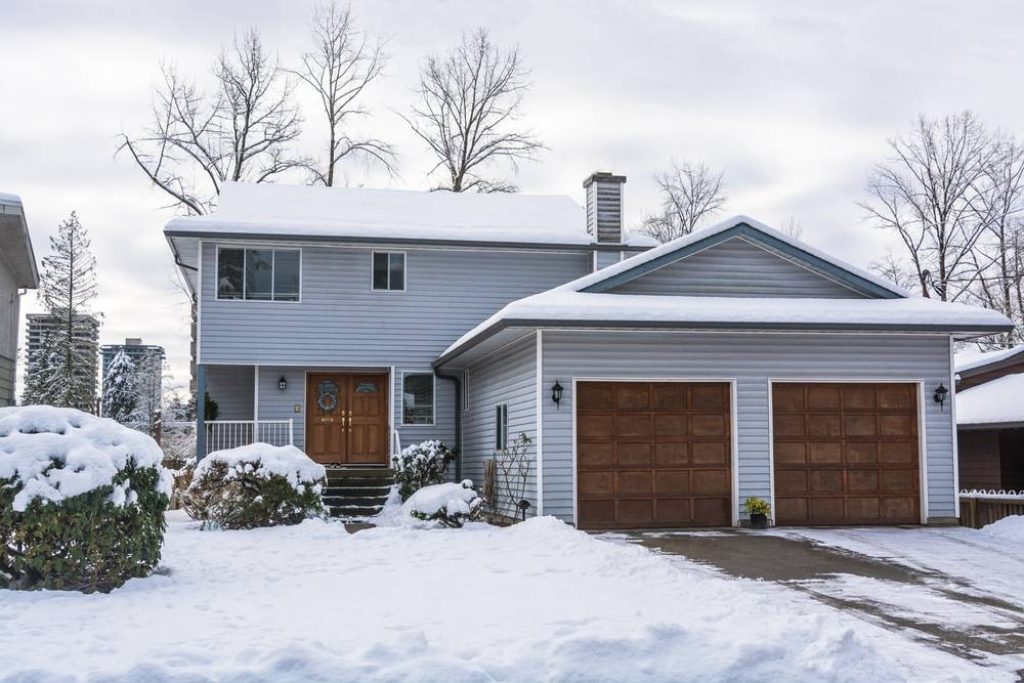
Checklist To Prepare Your Home For The Winter
Snow, ice, cold and windy weather may be very far from your mind during autumn, but it shouldn’t be. Smart homeowners know that they should prepare their homes for the winter weather in advance – before the winter weather actually arrives. It may be a pain, but it is much easier to do in autumn than during the winter.
Related Topics (Sponsored Ads):
There are several reasons to prepare your home in advance. First, it can save you money – sometimes a lot of money. For instance, you don’t want to find out your roof is damaged during a winter storm. Not only can that cause significant damage to your home, but it will also be much harder and more expensive to repair during winter weather. Then there is safety and comfort to consider. A faulty heating system will not only cost more money to run, but it can also even pose a life-threatening health hazard for your family. Lastly, there is less stress in preparing in advance versus the mad dash to check and fix things when winter is already here.
Even if you have a newer home, there is still a need to prepare it for the winter. Of course, older homes require a more thorough preparation due to wear and tear from age. The following list of things to check and do will help you prepare your home for winter in advance.

Heating System
Your heating system is your and your home’s best friend during the cold weather of winter. However, it can also be very expensive and even dangerous. To prevent these occurrences, do the following:
– Do a test run: Turn the thermostat to heat mode, and set it to 80°F. You should hear the furnace turn on, and warm air should begin to blow within a few minutes. If not, have a technician look at it then and there, don’t wait.
– Check for carbon monoxide leaks: With your heater running, such leaks can be detected with a carbon monoxide alarm (similar to a smoke alarm – which should also be in your home). If you discover such a leak, call in a professional to identify and correct the cause of the leak. Don’t put this work off; a carbon monoxide leak is a life-threatening situation.
– Put in a new air filter: Doing so will ensure a free flow of air, a cleaner indoor environment and a lower heating bill.
– Check and clean all heating vents: Make sure that all vents are not obstructed or filled with dust or mold. A professional thorough cleaning of your duct system is suggested every few years.
Water Pipes and Plumbing
Water pipes are especially susceptible to freezing in cold weather and burst pipes from freezing can cause some of the most expensive repairs in the home.
– Insulate exposed pipes: All exposed water pipes in uninsulated spaces—on the exterior of the house, in a crawlspace, garage, basement, an attic, exterior walls, etc.—make sure to insulate them at a minimum with foam insulating sleeves.
– Exterior faucets need to have their water supply turned off inside the house, and then you also need to drain water from them by opening up the exterior faucets. Plus, remember to disconnect your garden hoses and drain them.
Doors and Windows
A major way to keep your home warm without cranking your furnace is to keep cold air out. If your windows and doors do not close and seal properly, you will have too much unwanted cold air coming into your home. Your windows need to be able to close fully and lock closed. Your doors should also close and seal properly and if need be, to put sealing in any gaps discovered. If you have an attached garage or exterior basement doorway, check these as well.
Roof and Attic
Winter snow and ice will turn into water and leak or even flood into your home if your roof is damaged. Also, a damaged roof will allow a lot of cold air into your home. Therefore, you should have a roofing company do a professional inspection of the roof and do any necessary repairs. You should not do this yourself unless you are experienced and have the proper equipment.
Under your roof is some sort of attic or crawl space. This area should be visually inspected for any signs of leaks, mold, rot or other damage. Also, signs of significant damage in the attic usually mean there is damage to the roof.
Outdoor Items and Fixtures
– Securely cover patio furniture: If possible, bring it indoors to store for the winter.
– Seal or stain a wooden deck: A properly sealed deck will be more resistant to winter damage.
– Drain the lawn mower gas: Drain a gas mower and other gas-powered lawn tools and store them somewhere dry and safe for the winter.
– Clean and store garden tools: Make sure tools are free of dirt and stored in a dry place.
– Grill: Thoroughly clean the grill and other barbecue equipment, and either securely cover them or bring indoors for the winter.




